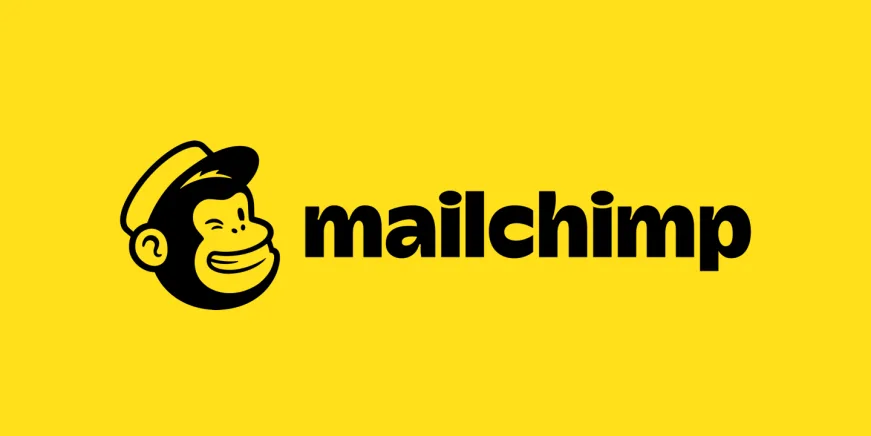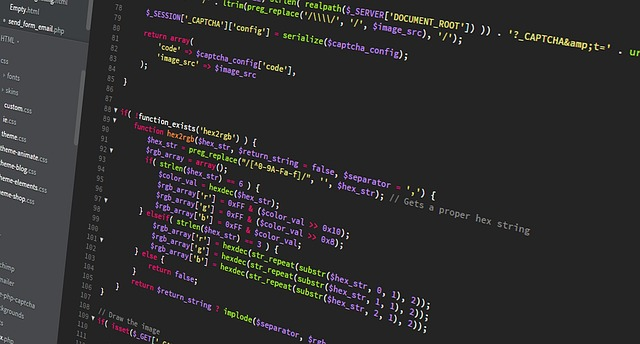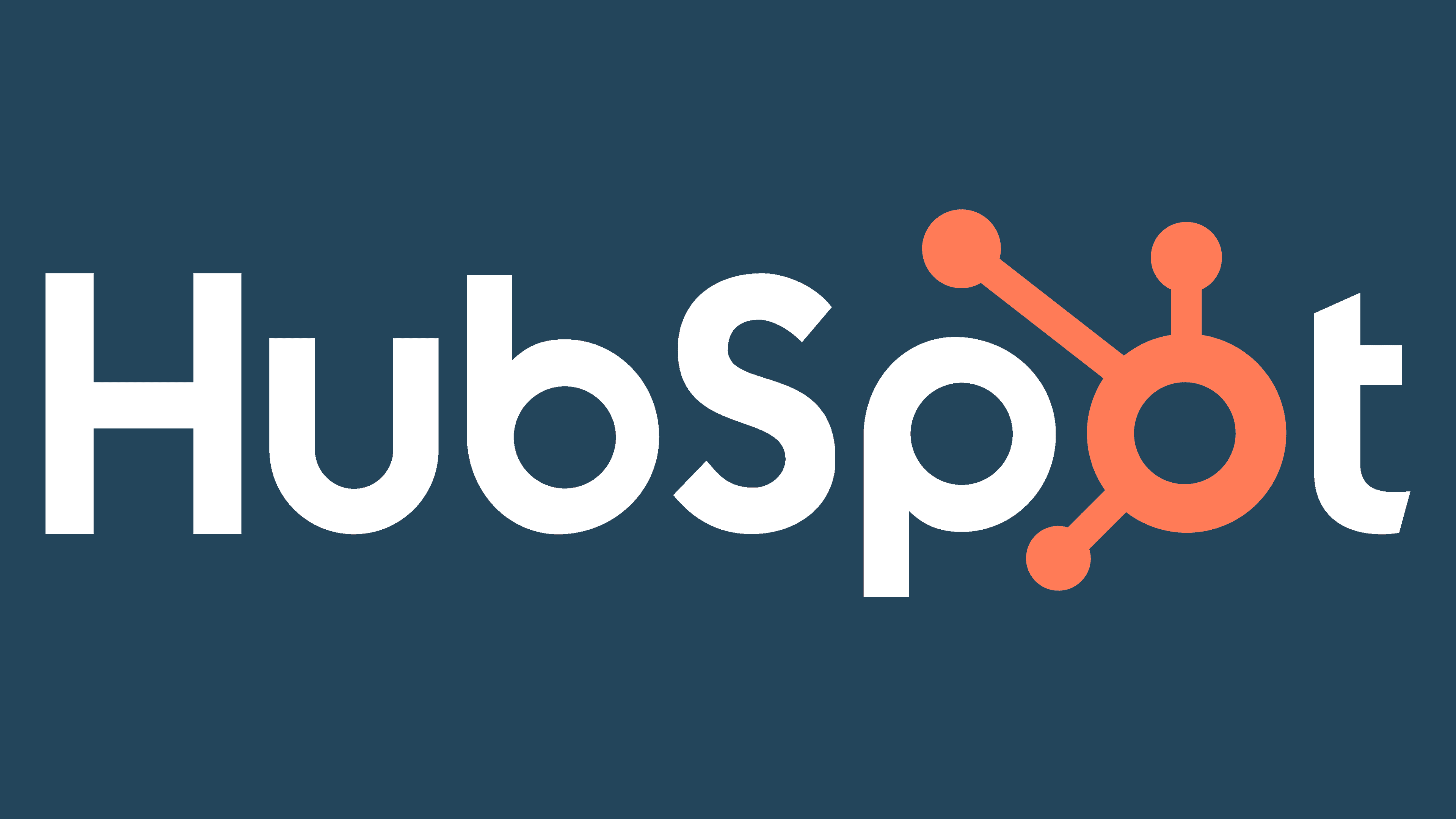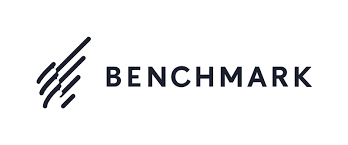Laravel Mailchimp Integration: step by step guide
Mailchimp is an all-in-one marketing platform that allows businesses and organizations to manage their email marketing campaigns, create landing pages, and track their marketing performance. It is a popular email marketing tool that enables businesses to send bulk emails to their subscribers and customers, automate email campaigns, and analyze the results of their email marketing efforts.
PHP Packages to work with mailchimp api
There are several Laravel packages that work with Mailchimp. Here are some popular ones:- Spatie Laravel Newsletter: This package provides an easy way to manage subscribers and campaigns on Mailchimp from your Laravel application. It supports both the Mailchimp API v3.0 and v3.0.
- DrewM Mailchimp: This package provides a wrapper around the Mailchimp API for Laravel. It includes support for the most common Mailchimp API calls, including adding and updating subscribers, creating and sending campaigns, and managing lists.
- Mailchimp API v3: This package provides a simple wrapper around the Mailchimp API v3.0. It includes support for managing subscribers, lists, and campaigns.
- MaksimM/maillist-sdk-php: This package is a PHP SDK for the Mailchimp API v3.0. It provides a simple interface for managing subscribers, lists, and campaigns.
- Almendra Mailchimp: This package provides a Laravel integration for the Mailchimp API v3.0. It includes support for managing subscribers, lists, and campaigns, as well as handling webhooks.
These packages can be installed using Composer and provide an easy way to integrate Mailchimp functionality into your Laravel application.

A Tutorial to Integrate Mailchimp API
In this step by step guide we'll use Spatie package, because it's the most popular one and has a good documentation. To integrate Mailchimp in a Laravel app, you can follow these steps:- Install package for the Mailchimp : You can use Composer require command to install the Mailchimp package that you want to use. For example, if you want to use the Spatie Laravel Newsletter package, you can run the following command:
composer require spatie/laravel-newsletter
- Configure the package: Once you have installed the package, you need to configure it with your Mailchimp API key and other settings. You can add these settings to your Laravel .env file or in a separate configuration file. For example, if you are using the Spatie Laravel Newsletter package, you can add the following settings to your .env file:
MAILCHIMP_APIKEY=your-mailchimp-api-key MAILCHIMP_LIST_ID=your-mailchimp-list-id
Note: best practice is not to reference variables like api keys from the env file directly because but through the config app.php or config services.php - Create a mailing list: You need to create a mailing list in your Mailchimp account to store your subscribers. You can do this from the Mailchimp website or using the Mailchimp API. You can manage audience in your mailchimp dashboard and get audience name and audience id from there. You'll need it later for the integration.
- Create a form to subscribe users: You can create a form in your Laravel app to allow users to subscribe to your mailing list. You can use the Mailchimp package to handle the subscription process. For example, if you are using the Spatie Laravel Newsletter package, you can create a form in a new blade file like this:
<form action="/subscribe" method="POST"> @csrf <input type="email" name="email" placeholder="Enter your email address"> <button type="submit">Subscribe</button> </form> - Add route and mailchimpcontroller file which will handle form control
- In your Laravel controller, you can handle the form submission like this:
use Spatie\Newsletter\NewsletterFacade as Newsletter; class MailchimpController extends controller { public function subscribe(Request $request) { $email = $request->input('email'); Newsletter::subscribe($email); return redirect()->back(); } }This code will subscribe the user to your Mailchimp list using the email address provided in the form. - Send emails to your subscribers: Once you have subscribers in your Mailchimp list, you can use the Mailchimp API or the Mailchimp package to send emails to them. You can create and send campaigns, or you can send transactional emails using Mailchimp's API.
These are the basic steps to integrate Mailchimp in a Laravel app. Depending on the package you are using and the functionality you need, there may be additional steps or configuration required.

FAQ
How do I get mailchimp API key?
To get your Mailchimp API key, you need to follow these steps:- Log in to your Mailchimp account: Go to the Mailchimp website (mailchimp.com) and log in to your account using your username and password.
- Go to the API keys page: Click on your profile name in the top-right corner of the screen and select "Account" from the dropdown menu. Then click on "Extras" and select "API keys" from the menu.
- Create a new API key: If you haven't created an API key before, click on the "Create A Key" button to generate a new API key. If you have already created an API key, you will see a list of your existing keys. You can click on the "Create A Key" button to generate a new key.
- Copy your API key: Once you have created your API key, you will see it displayed on the API keys page. Copy the API key to your clipboard.
That's it! You now have your Mailchimp API key, which you can use to connect your Mailchimp user account to other tools and applications, such as a Laravel application or any other third-party application that integrates with Mailchimp. Note that the mailchimp API methods key is a sensitive piece of information, so make sure to keep it secure and not share it with unauthorized parties.
What are alternatives to Mailchimp?
There are many alternatives to Mailchimp that offer similar features and functionality. Here are some popular ones:- Campaign Monitor: Campaign Monitor is an email marketing platform that allows businesses to create and send personalized email campaigns, manage subscriber lists, and track email performance. It offers a range of templates and design tools to create professional-looking emails.
- Constant Contact: Constant Contact is an email marketing platform that allows businesses to create and send email campaigns, manage contact lists, and track email performance. It offers customizable templates, social media integration, and event management features.
- AWeber: AWeber is an email marketing platform that allows businesses to create and send email campaigns, manage subscriber lists, and track email performance. It offers customizable templates, autoresponders, and list segmentation features.
- GetResponse: GetResponse is an all-in-one marketing platform that includes email marketing, landing pages, webinars, and marketing automation features. It allows businesses to create and send email campaigns, manage subscriber lists, and track email performance.
- Sendinblue: Sendinblue is a marketing automation platform that includes email marketing, SMS marketing, and chat features. It allows businesses to create and send email campaigns, manage subscriber lists, and track email performance.
These are just a small example of a few of the many alternatives to Mailchimp that are available. When choosing an email marketing platform, it's important to consider your business needs and goals, as well as the features and pricing of the platform.
Are there free alternatives to mailchimp?
Yes, there are free alternatives to Mailchimp that offer similar email marketing features. Here are some popular free alternatives:
- MailerLite: MailerLite is a free email marketing platform that offers features such as email automation, landing pages, and pop-ups. The free plan allows businesses to send up to 12,000 emails per month to up to 1,000 subscribers.

- HubSpot: HubSpot offers a free email marketing plan that includes features such as email templates, email tracking, and email analytics. The free plan allows businesses to send up to 2,000 emails per month.

- Moosend: Moosend is a free email marketing platform that offers features such as email automation, landing pages, and pop-ups. The free plan allows businesses to send unlimited emails to up to 1,000 subscribers.

- Benchmark Email: Benchmark Email offers a free email marketing plan that includes features such as email templates, email tracking, and list management. The free plan allows businesses to send up to 250 emails per month.
These free alternatives to Mailchimp offer a range of features and capabilities, making them a great option for businesses with smaller email lists or limited email marketing needs. It's important to note that some of these platforms may have limitations on the number of emails or subscribers allowed on their free plans, so it's important to check the details of each platform to determine if it's a good fit for your business.
